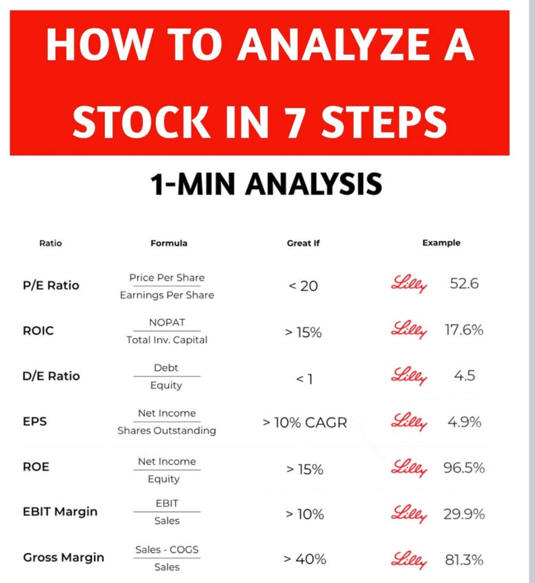
Invest

As of March 31, 2024
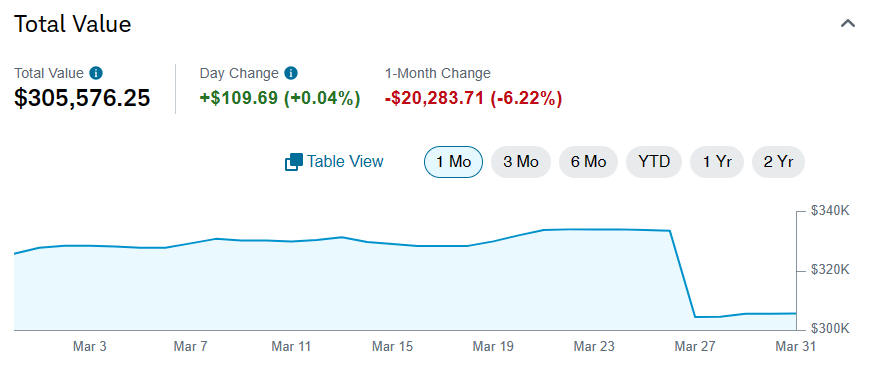

-----------------------------------------
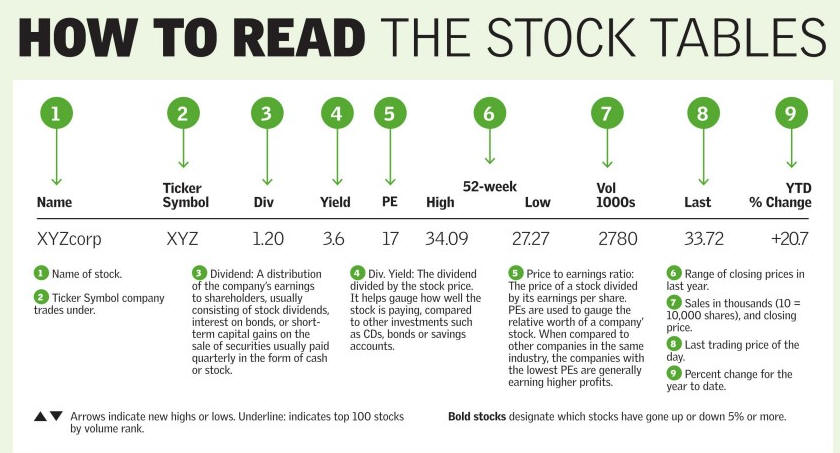
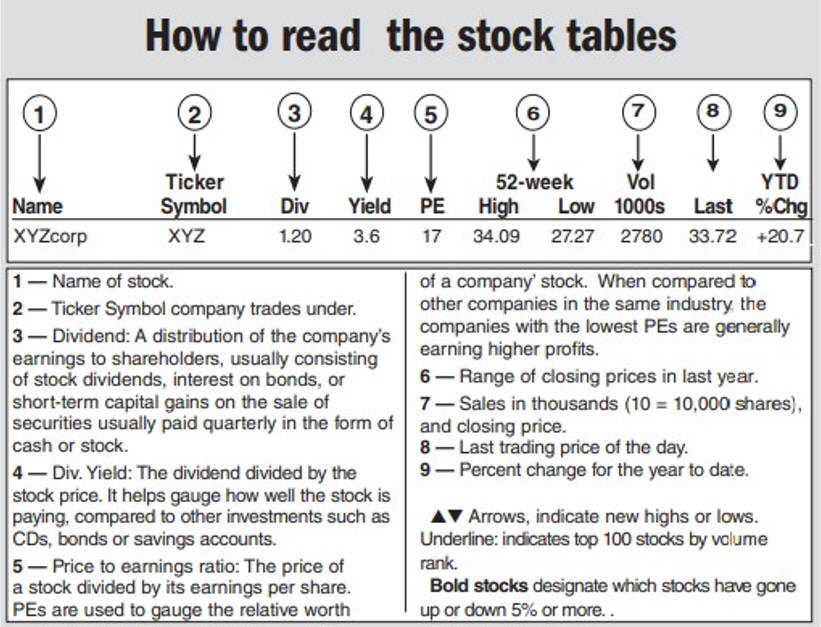
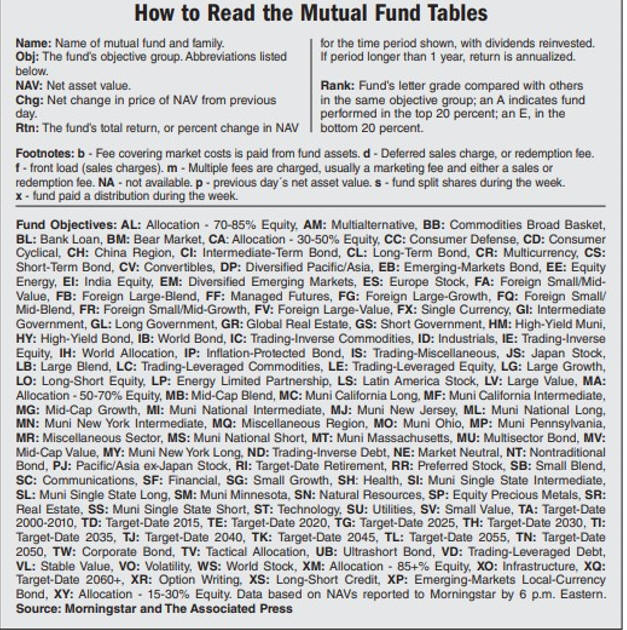




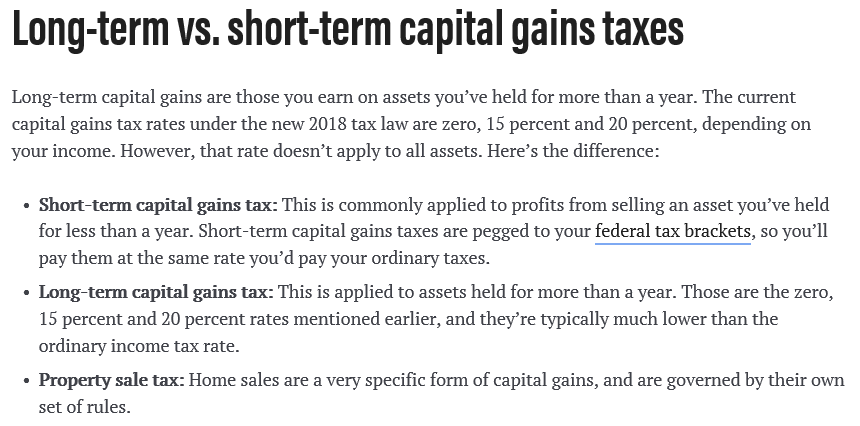

Best and worst St. Louis stocks of 2017
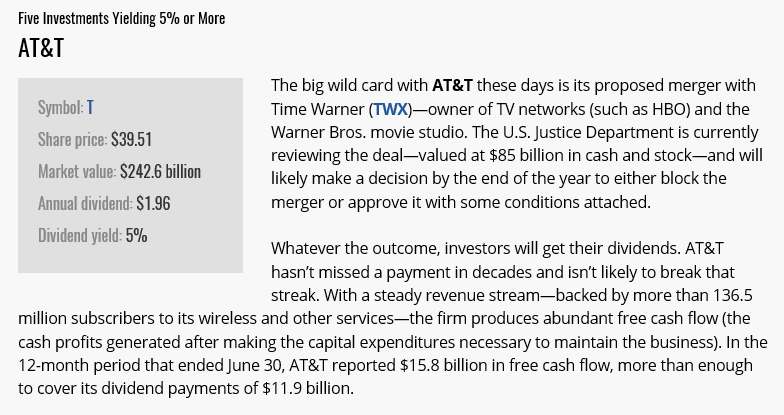

_______________________________________________________________________________________________
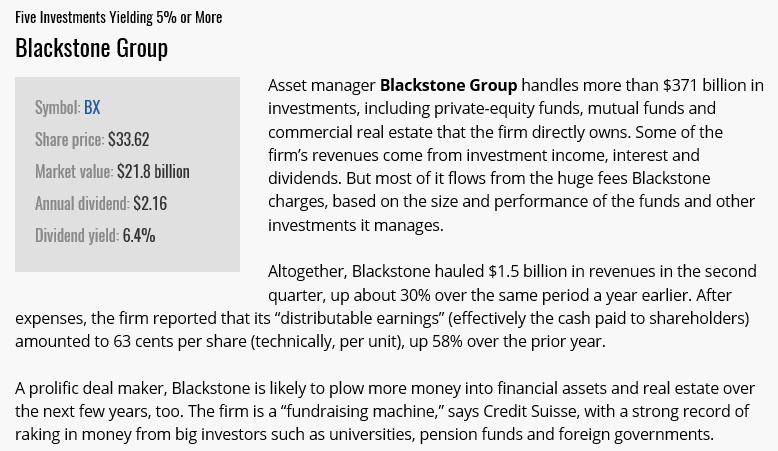
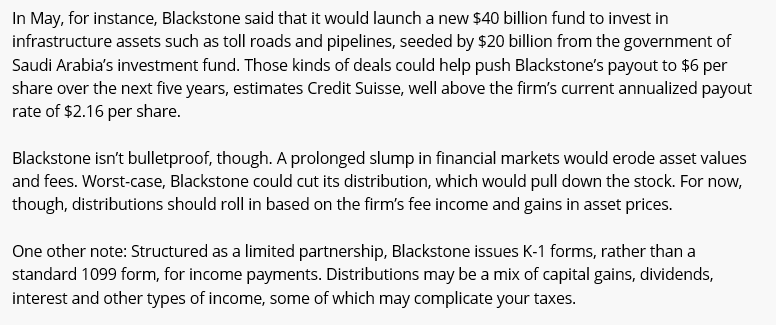
_______________________________________________________________________________________________
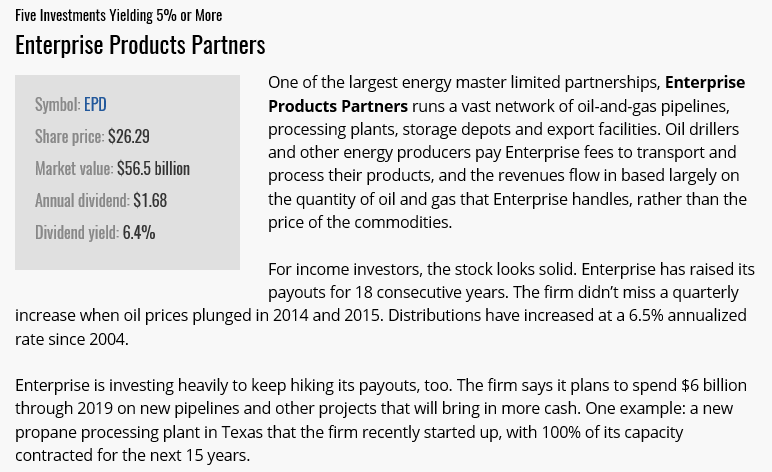

_______________________________________________________________________________________________
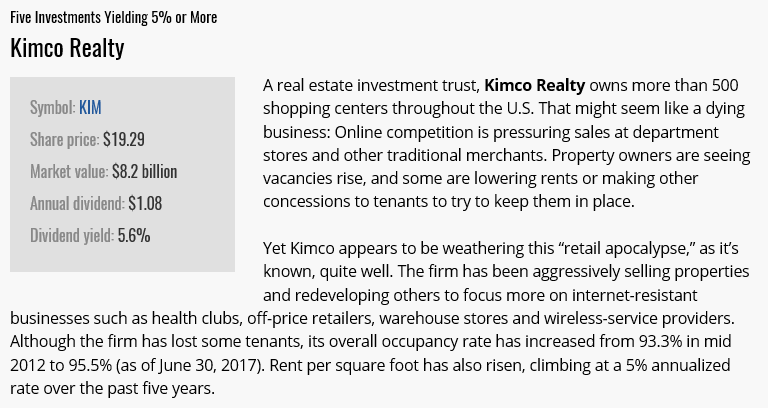

_______________________________________________________________________________________________
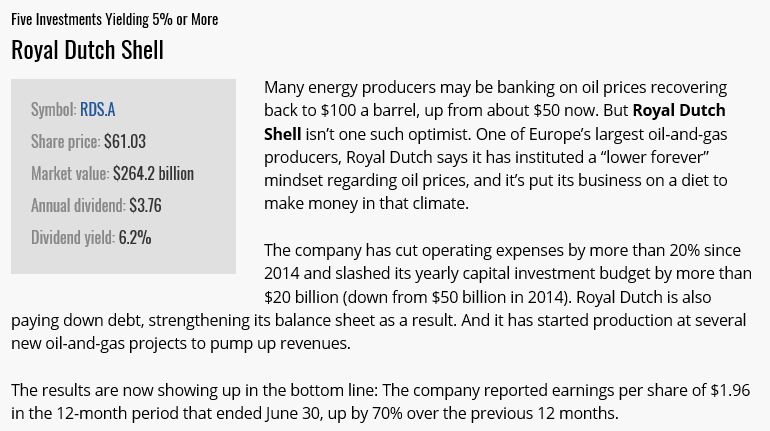

________________________________________________________________________
These 5 Vanguard
Index Funds Are All You Need
Originally published April 2015
If you’re not an investing hobbyist and you don’t employ an adviser, you simply
have no reason not to invest in index funds—funds that track broad market
indexes rather than try to beat them.
See My 2017 Picks:
6 Vanguard Index Funds to Buy and Hold Forever
But which index funds? Surprisingly, there’s little information about building a
diversified portfolio of good index funds and adjusting it as your goals change.
Standard & Poor’s 500-stock index is fine for tracking the performance of large
U.S. companies, but it’s not a complete portfolio.
This article will help you construct a simple but powerful package that also
includes bonds and stocks of small companies, as well as foreign stocks. It’s a
long-term buy-and-hold portfolio, so I deliberately didn’t fine-tune it to meet
current market conditions.
You would have had to be living in a cave the past year to miss the clamor over
index funds. Everyone from Warren Buffett to Dilbert has extolled their merits
lately.
I don’t believe, as some do, that index funds are the only
sensible way to invest. But they are a sound
method. Thanks primarily to their rock-bottom costs, index funds have
outperformed roughly two-thirds of actively managed funds across all kinds of
markets—and they’ll almost surely continue to do so. What’s more, picking the
one-third of funds that will beat their indexes is exceedingly difficult; many
argue that it’s impossible.
How to build an index portfolio? To start with, stick to Vanguard-sponsored
mutual funds and exchange-traded funds. Vanguard practically invented index
funds and has decades of experience running them—virtually without a hiccup.
Don’t kid yourself: It takes real expertise to manage an index fund well, which
means coming as close as humanly possible to matching the return of the
underlying index.
More importantly, Vanguard funds are frequently, though not always, the
cheapest. When you’re buying funds that seek to track broad market indexes,
there’s simply no excuse for overpaying due to high expenses.
The Vanguard cost advantage comes about because Vanguard isn’t a for-profit
company; it has no shareholders who want dividends. Blackrock or Schwab may
offer some funds or ETFs at slightly lower prices — but over time, I expect
those prices to rise.
Below are the only index funds or ETFs you need to achieve your goals. Choose
ETFs or conventional funds depending on what works best for you; if expenses are
equal, there should be essentially no difference in performance between a mutual
fund and an ETF that tracks the same index. All the indexes are weighted by
their holdings’ market values—in other words, the most popular securities get
much bigger weightings. For each fund, I list the symbol for the mutual fund
version first and then for the ETF. The mutual fund symbols are for Vanguard’s
admiral shares, which require a minimum investment of $10,000. You can buy into
Vanguard’s Investor share class for as little as $3,000, but you’ll pay a
slightly higher expense ratio for the privilege.
Vanguard Total Stock Market Index (symbols
VTSAX,
VTI) gets 40% of your
assets. This fund gives you the entire U.S. stock market—large, midsize and
small companies—for 0.05% annually. (That means you pay $5 a year for each
$10,000 invested to cover expenses.) The fund tracks the CRSP U.S. Total Market
Index, which includes some 3,800 stocks—making it much broader than the S&P 500.
Still, large companies dominate the index, and the fund’s return rarely deviates
from the S&P by more than one percentage point or so in any calendar year. Over
the past 10 years, the fund earned 8.6% annualized, an average of 0.6 percentage
point per year more than the S&P 500. (All returns are through March 31).
Put 10% of your portfolio’s assets into Vanguard Small-Cap Value Index (VSIAX,
VBR). It invests in many of
the stock market’s smallest, cheapest and least-popular companies by tracking
the CRSP U.S. Small Cap Value Index. There’s overwhelming academic evidence that
suggests that these stocks will outperform their more popular brethren over the
long term, as they have in the past. But you need patience here. Over the past
10 years, the fund returned 9.1% annualized. Expenses are 0.09% annually.
Vanguard FTSE All-World ex-U.S. Index (VFWAX, VEU) gives you the rest of the world’s bourses for 0.14% annually and deserves 20% of your assets. The fund tracks the FTSE All-World ex-U.S. index by investing in about 2,500 stocks from 44 countries. Roughly 20% of its assets are in emerging markets. U.S. stocks have trounced foreign stocks over the past five years, so it’s not surprising that the fund’s performance is anemic: an annualized 5.0%, or an average of 9.5 percentage points per year less than the S&P 500 over that period. But don’t count on U.S. stocks to continue to outpace the rest of the world’s. In investing, extrapolating the recent past into the indefinite future is a common and costly error.
Putting 5% into Vanguard Emerging Markets Stock Index (VEMAX,
VWO) brings your overall
investment in developing markets to 9% of assets when combined with the fund
above. Roughly half of the stocks in the FTSE Emerging Index, which the fund
tracks, are in China (25%), Taiwan (14%) and India (12%). Emerging markets have
been dismal performers over the past five years, which explains this fund’s
pathetic return over that period of 1.8% annualized. But emerging-markets stocks
are cheap, and the long-term argument for these fast-growing lands remains
strong. Expenses are 0.15% annually.
I suggest placing the final 25% of your assets in Vanguard Intermediate-Term
Corporate Bond Index (VICSX,
VCIT). The risk-adjusted
returns of intermediate bonds (that is, returns relative to volatility) have
historically been stronger than those of both long-term bonds and short-term
bonds. I prefer a corporate bond ETF over a total bond market ETF because the
latter holds too many Treasury bonds, which yield less than corporate IOUs.
Intermediate-Term Corporate Bond tracks Barclays Capital U.S. 5-10 Year
Corporate Bond Index, and the average credit rating of its holdings is triple-B.
The fund returned an annualized 6.8% over the past five years, but with bond yields so low, don’t expect such generous returns to continue. Expenses are 0.12%.
This portfolio should serve you well until you’re about 15 years from
retirement. At that point, I’d boost the bond fund’s allocation by five
percentage points—subtracting one percentage point or so from each stock fund.
Then add another five percentage points to your bond position every five years,
reducing your stock fund allocation in the same manner, until you have 40% in
bonds, a good bond weighting for the early years of retirement. Rebalance your
portfolio annually to bring the funds back in line with the desired allocation.
_________________________________________________________________
7 Good Energy Stocks for Your Retirement Portfolio
Retirement investors should be focusing on these steady energy stocks ...
because they're among the very few options you can actually depend on.
September 21, 2016
Retirement investors want sure things. There isn’t enough time to make up for
stocks that just fall into the ground, never to return. So considering how awful
energy has been for the past couple of years, it’s probably surprising to see
“energy stocks” and “retirement” mentioned in the same vicinity.
Sustained low oil and natural gas prices have negatively impacted energy stocks.
OK, that’s putting it mildly. Low prices have outright strangled some companies
right out of business, and has made life miserable for the vast majority of the
sector.
And considering many retirement investors were sucked in by the plentiful
dividends in the energy sector, they know the pain. And they’re probably not too
forgiving.
But those planning (or even in) retirement might be doing themselves a
disservice by avoiding energy stocks right now. There are a few — albeit not
many — that you can count on to get you through your golden years. They have
wide moats and huge asset bases, they can generate cash and they’re not shy
about giving some of it back.
As far as “sure things” go, these energy stocks are about as good as you can
get:
Exxon Mobil
Dividend Yield: 3.4%
A list of the best energy stocks for retirement has to begin with the kind of
them all: Exxon Mobil Corporation (XOM).
Exxon remains the powerhouse of integrated energy, and features tons of
everything you could want in a long-term energy play — reserves, assets, cash
flows, you name it.
On the production side of things, XOM continues to dive head-first into natural
gas production and shipping. The fuel promises to be one of the primary ways we
generate electricity in the future, and smart mega-buys — such as XTO and
InterOil Corporation (IOC)
— have made Exxon one of the world’s biggest players in nat gas.
Exxon isn’t going wholly overboard, though. Recent expansion projects have
boosted Exxon’s so-called “oil cut” (the amount of production that comes from
oil as opposed to natural gas and other sources) and balanced out liquids
production.
Of course, retirement investors should love Exxon because it can profit even
when neither energy source is doing well.
As an integrated giant, XOM has refining and petrochemical muscle. These
operations feast on lower energy prices and help balance out weakness in
production. That balance has actually saved Exxon’s skin over some of the past
few quarters, allowing Exxon to still make money amid commodity hiccups.
Exxon is energy safety personified. Throw in a secure 3%-plus dividend, and you
have as sure a thing as there is in the energy space.
Royal Dutch Shell
Dividend Yield: 7.3%
Great integrated energy stocks aren’t just limited to the United States. Europe
has its fair share, too, and for retirement investors, I like Royal Dutch Shell
plc (RDS.A,
RDS.B)
The downturn hit Shell hard despite its integrated nature. RDS shares lost more
than half their value between mid-2014 and their low point in January of this
year. Heck, shares still are off more than 35%.
However, Shell learned from its mistakes, and it’s righting the ship.
Shell was once known for high-flying projects and massive capital expenditures.
However, long-lasting low oil prices have forced Shell to trim cut the fat. RDS
has cut back on spending, canceled potentially never-profitable projects and
sold assets. Shell also has prioritized reducing its ballooning debt. That will
make Shell leaner and meaner.
Retirement investors should be encouraged that despite whispers that Shell might
cut into its dividend, it never did. Its generous payout has survived. And now
that RDS has new plans in place and smaller spending on deck, its dividend —
which yields more than 7%! — looks like the deal of the century for long-term
buy-and-holders.
In the end, Royal Dutch Shell is about as good an international play as you
could want.
Phillips 66
Dividend Yield: 4.1%
Refiners and downstream energy stocks have really gone to town as oil prices
have listed lower in a relatively tight range. Phillips 66 (PSX)
is among those winners.
Spun off from energy producer ConocoPhillips (COP)
a few years back, PSX has quickly become one of the downstream industry’s
biggest players. Refiners earn profits based on the difference between feed
stock costs (Think oil and natural gas prices) and the price for refined
products such as gasoline, jet fuel and heating oil. Those inputs remain low,
and
Phillips 66 is minting cash as a result.
As PSX has grown as a refining outfit, it has added midstream assets —
pipelines, terminals, rail lines and storage farms. Owning pipelines and
gathering systems is a great way to generate cash flows. Phillips enhanced that
by placing them inside of its master limited partnership, Phillip 66 Partners LP
(PSXP).
That way, PSX is preparing to keep its profits even when oil does inevitably
rise.
In short, Phillips 66 is balancing its portfolio so it can thrive through thick
or thin. That makes PSX a great play for the long haul.
Kinder Morgan
Dividend Yield: 2.2%
Kinder Morgan Inc. (KMI)
has 84,000 miles of pipeline under its midstream umbrella.
That’s a big number.
Kinder Morgan also boasts 180 terminals, fractionation and processing
facilities, coal depots, tankers and other pieces of infrastructure. Wrap it all
together, and you literally have the largest midstream firm in North America.
That’s why you buy KMI. That asset base and all the energy its touches is one of
the widest moats when it comes to energy stocks. Period.
In fairness, that wide moat hasn’t always paid off. Mighty Kinder Morgan has
stumbled on some major points in recent quarters, and amid the crash in oil and
natural gas prices, KMI was forced to cut its once lucrative and reliable payout
at the end of 2015.
Longtime investors will find that very difficult to forgive. However, that
dividend cut should be seen as a necessary and ultimately good thing. Certainly,
new money can’t complain about it. You see, the cut from 51 cents per share to
12.5 cents helped KMI shore up its balance sheet, clean house and get its cash
back up to snuff.
Kinder Morgan still is a work in progress, but its wide swath of midstream
assets will help it survive the current malaise. And when energy prices perk
back up, expect Kinder Morgan to start sweetening the income deal once more.
Schlumberger
Dividend Yield: 2.5%
Energy demand can ebb and flow, but over the long-term, the direction is north.
And whether you’re drilling for natural gas or crude oil, onshore or off, it
takes a lot of technical know how to tap the power of the mighty hydrocarbon.
That’s why Schlumberger Limited (SLB)
is a winning play for retirement.
Schlumberger provides the equipment necessary for companies to find and drill
for energy sources. That includes things such as seismic services, well
completions, drilling equipment and pressure pumping. Schlumberger makes it
much, much easier to drill for oil, and that’s a powerful position to be in.
But what really differentiates SLB from rivals such as Halliburton Company (HAL)
is its client list.
Instead of focusing on North America, Schlumberger has a global portfolio, and
thus its revenues are … well, “worldlier.” That’s important, because state-owned
energy firms can have a different mandate than publicly traded energy stocks.
They often drill despite losses. Plus, the multitude of operating regions means
some could be profitable, covering for when others are not.
Schlumberger can be profitable during some pretty lean times. This isn’t a major
income play, but SLB provides decent dividends with the ability to provide
market-beating returns when oil roars back.
Duke Energy
Dividend Yield: 4.2%
Technically speaking, the utility sector is not the same thing as the energy
sector.
You can take that difference up with your local sector fund provider. Because to
me, if I’m thinking about stocks that deal with energy, utilities come to mind,
and they absolutely have a place in any retirement portfolio.
Utilities are the steady Eddies of the investment universe. They’re not bonds,
but for stocks, they’re awfully reliable. That’s because no matter what the
economic environment looks like, we still need to heat our homes and keep the
lights on.
Duke Energy Corp. (DUK),
the largest generator of electricity in the nation, is awfully steady.
DUK has more than 7.4 million customers located in hotbeds of growth, and it
boasts a generating capacity of 52,697 megawatts. The firm also provides natural
gas distribution in many of its main service areas, so Duke is a double threat
in that way. Cold winter? Nat gas provides more oomph. Hot summer? Electricity
demand spikes.
Duke also recently has expanded on its natural gas efforts, and will add
numerous more natural gas customers when its buy-out of Piedmont Natural Gas
Company, Inc. (PNY)
goes through.
And as for its generation fleet, DUK has taken rising regulation head-on. Duke
has been closing coal plants and has been adopting solar and wind energy. Duke
already owns 500 MW worth of solar capacity and has long-term power purchase
contracts for another 1,300 MW. Duke just made agreements with more than 30
solar developers to add up to 3,300 additional megawatts.
Duke can keep providing energy long into the future, and its predictable profits
will continue powering a predictably generous dividend.
iShares U.S. Energy ETF
Dividend Yield: 3.4%
As we said when we started this, retirement investing is about finding sure
things. Well, while the stocks on this list are pretty good, catastrophes can
and do happen.
Thus, perhaps the most guaranteed lock in energy is to never bet on one single
energy company. Instead, put your money into a collection of them, via an
exchange-traded fund such as the iShares U.S. Energy ETF (IYE).
IYE provides investors with access to nearly 80 North American energy stocks
with one single buy order. That’s instant diversification across different parts
of the energy “stream,” mostly focused across the sector’s large-cap stocks.
Naturally, IYE holds a couple of bad eggs, but most of the firms in this fund
have survived the duress as well as can be expected.
The nice thing about IYE is that if one or two energy stocks collapse, you don’t
lose your whole investment. The ETF will suffer, sure … but it won’t suddenly
disappear, and it will bounce back when the sector writ large recovers.
This fund also features a very generous (for a plain equity ETF) dividend of
about 3.4% currently. Meanwhile, expenses are moderate at 0.44%, or $44 annually
per $10,000 invested.
Read more at
http://investorplace.com/2016/09/7-energy-stocks-to-buy-retirement/view-all/#.V9MkrfkrJ9N#LtQUFSjAklvSEGDX.99